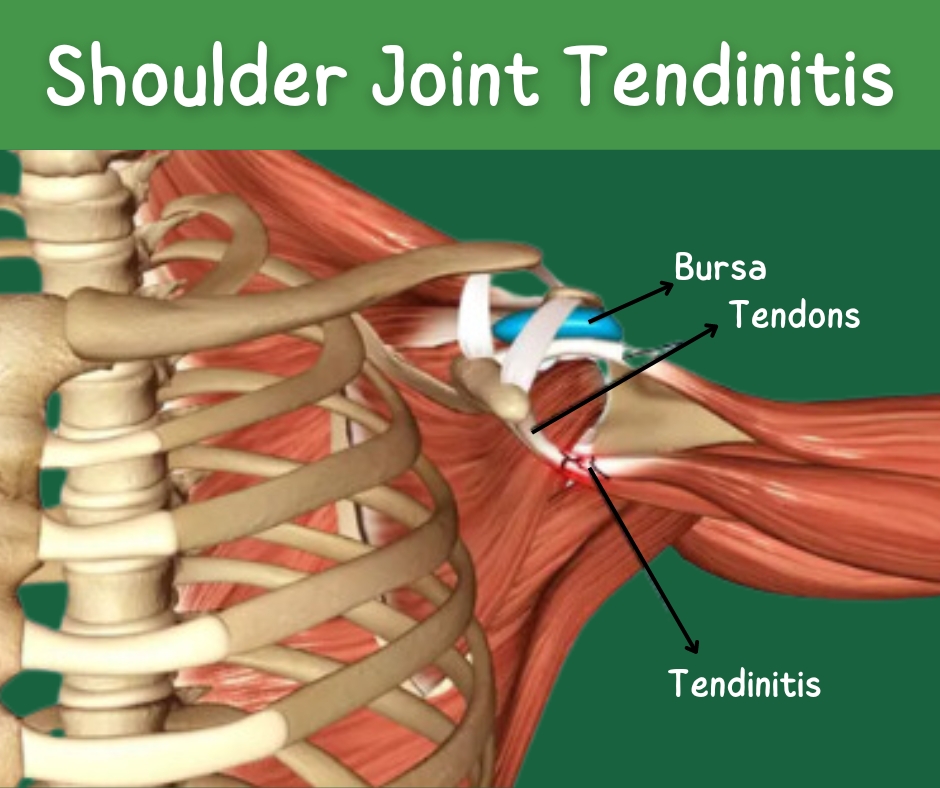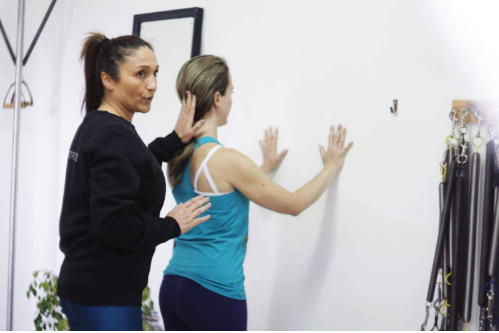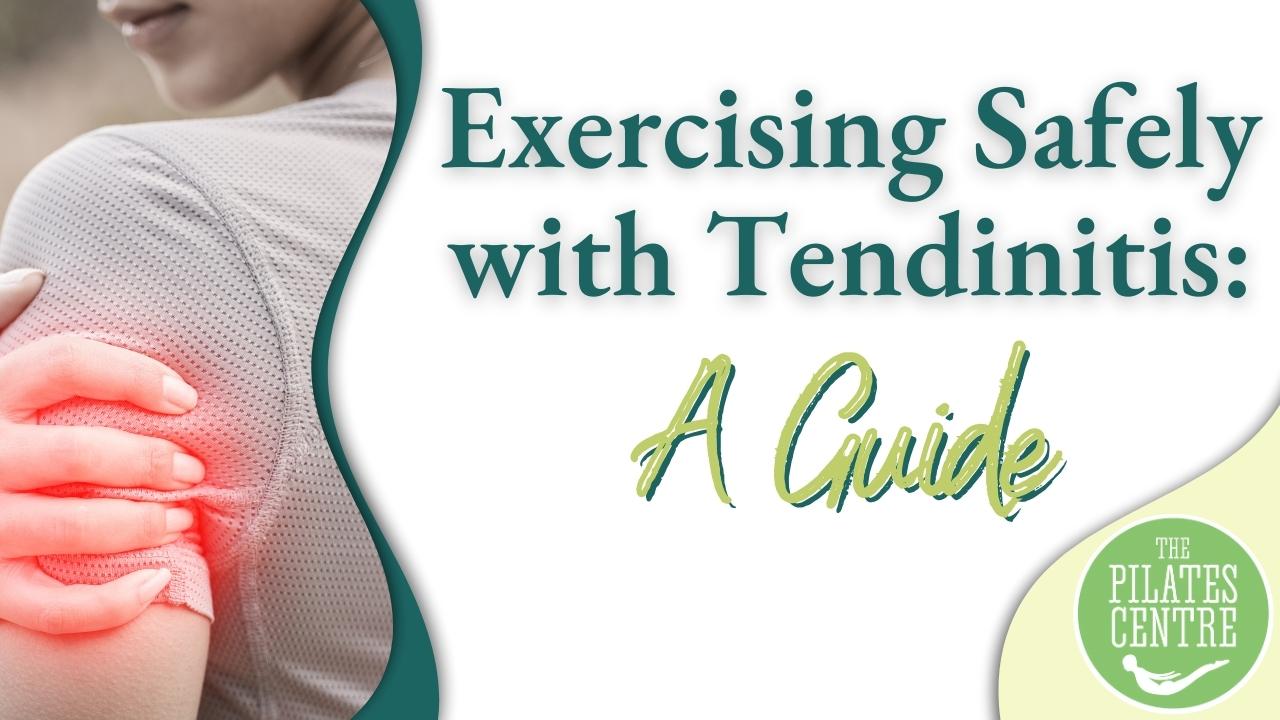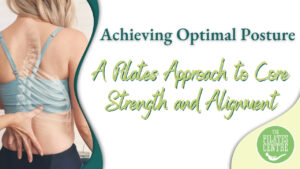Introduction
If you’ve ever experienced tendinitis, you know the pain and frustration it can bring to your daily life. Tendinitis, which is the inflammation of tendons connecting muscles to bones, can strike in various parts of your body, with common locations being the elbow and shoulder. It often results from overuse or improper strain on the affected tendons, making it a challenge for us to continue our workout routines. In this blog post, we will explore the delicate balance of working out with tendinitis, offering insights into stretches, exercises, and precautions to help you on your road to recovery.
Working Out With Tendinitis: A Balancing Act
Tendons are like the binding cords that enable us to move our muscles and bones in harmony. When these vital connectors become inflamed, it’s known as tendinitis, and it can put a significant damper on your active lifestyle. The most common causes of tendinitis are repetitive motions or overloading your tendons with too much weight or strain too quickly.

The first step in managing tendinitis is a proper diagnosis and treatment. You must visit a physiotherapist or your qualified medical professional to identify the reason for your pain or limited Range of Movement. Resting the affected area is crucial to allow your tendons time to heal, and failing to do so can lead to prolonged discomfort. In more severe cases, treatments such as applying ice to reduce swelling, over-the-counter anti-inflammatory medications, or even corticosteroid injections might be necessary. In extremely rare cases, surgery may be needed if there is extensive tendon damage.
It’s essential to consult your doctor if you suspect you have tendinitis since there are situations where it may be caused by factors other than overuse, such as infection. Early diagnosis and treatment are key to a swift recovery.
Exercising Safely With Tendinitis
When dealing with tendinitis, the goal is to avoid exercises that cause pain or worsen the condition. However, this doesn’t mean you have to sit on the sidelines entirely. You can stay active by choosing your activities wisely. For instance, if you’re dealing with tendinitis in your elbow, you can continue with cardio exercises like running, or engage in lower body workouts like squats and lunges. Just be cautious about using heavy weights that could stress your joints further.
Furthermore, some specific exercises and stretches, recommended by your doctor or physical therapist, can help maintain joint mobility and promote blood flow to the affected area. These exercises may also serve as preventive measures if you engage in activities with repetitive motions that could lead to tendinitis. Studio Pilates is a safe way to strengthen you weaker muscles around the joint, in order to help speed up your recovery process.

For example, wrist and hand tendinitis can benefit from exercises like wrist extensor and flexor stretches. Strengthening exercises like forearm rotations can be beneficial for elbow tendinitis.
It’s essential to perform these exercises only if they don’t cause pain, and consider applying heat before and ice after your workouts to loosen your joints and muscles and reduce swelling, as suggested by experts.
Pilates and Tendinitis: A Beneficial Combination
Pilates, a low-impact exercise method that focuses on core strength, flexibility, and balance, can be a valuable addition to your workout routine when dealing with tendinitis. Its emphasis on controlled movements and gradual progression is well-suited to individuals with joint issues like tendinitis. Pilates exercises can help improve the flexibility and strength of the muscles surrounding the affected tendon, providing better support and reducing the risk of further injury. Moreover, the mind-body connection fostered by Pilates can aid in maintaining proper form and alignment during exercises, which is crucial for those with tendinitis to avoid exacerbating their condition.

Before incorporating Pilates into your routine, it’s essential to consult with your healthcare provider or a certified Pilates instructor to ensure that the exercises are tailored to your specific needs and limitations. With their guidance, Pilates can be a valuable tool in your journey towards managing tendinitis and regaining strength and mobility.
To learn more about Pilates Centre or if you’re interested in our sessions, you can email us at info@pilatescentre.es. If you have any questions, feel free to reach out to John and our team at +34 610 30 60 05. We are more than happy to assist you.
Conclusion
At Pilates Centre, our certified teachers with a combined experience of 30 years help you to work out with your tendinitis, whilst taking the necessary precautions as you continue to pursue your fitness goals whilst working on your recovery. The key is to strike a balance between rest and carefully selected exercises that don’t exacerbate your condition. We would specifically recommend anyone with a tendonitis issue to do private sessions so that we can tailor the workout to their specific needs.
Also remember that early diagnosis and consultation with your healthcare provider are essential to ensure you’re on the right track to healing. Tendinitis might be an unwelcome guest in your fitness journey, but with the right approach, you can show it the door and get back to doing what you love. Stay active, stay cautious, and stay healthy!

John McCallum
is an esteemed, Fully Certified Comprehensive Classical Pilates Teacher and takes immense pride as the proprietor of the distinguished Pilates Centre located in Jalon, Spain. His remarkable journey in the realm of Pilates commenced back in 2006, a pivotal juncture when he confronted the diagnosis of three slipped discs in his lower back. Pilates emerged as a beacon of profound hope and rejuvenation in his life. Instead of succumbing to the prospect of surgical intervention, Pilates gracefully assumed the role of his lifeline.
This transformative experience impelled him to make a resolute decision that would reshape his life’s trajectory. Following his journey to become a Pilates Teacher, he passionately extended the benefits he had personally garnered to those in need. This also took him to travel to other countries to continue to learn and have a fuller understanding of the method.
Fueled by an unwavering passion for Pilates, he has forged a dynamic collaboration with a reputable research institution. This strategic alliance enables him to deliver precise and illuminating insights, fostering support and empowerment for individuals interested in the power of this method. His literary contributions have garnered distinction within an array of esteemed global publications.




